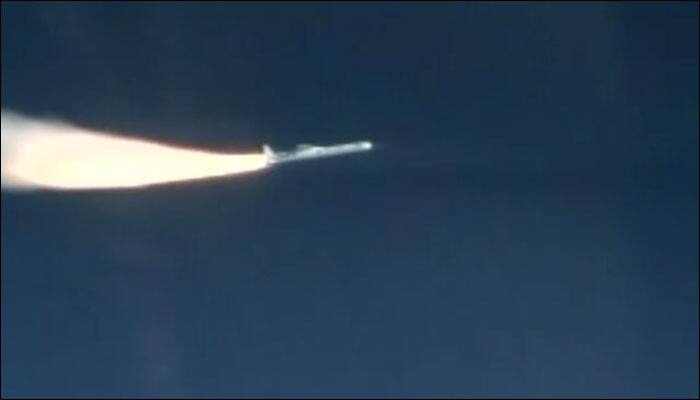New Delhi: NASA successfully launched its latest Earth-observing mission, an 8-satellite mission to study hurricanes like never before - the Cyclone Global Navigation Satellite System (CYGNSS).
The launch was earlier scheduled for a December 13 launch, but got aborted and delayed for two days due to an issue with the launch vehicle release system on the L-1011 Stargazer.
The CYGNSS mission will use radio signals from the GPS satellites to measure the wind speed near the ground in the tropics, between 35 degrees north and 35 degrees south where most hurricanes are born.
Launched into orbit aboard the Orbital ATK Pegasus XL rocket at 8:35 am EST (1335 GMT) after being flown into position by the L-1011 Stargazer carrier plane, CYGNSS is a two-year-long mission.
The eight CYGNSS microsatellites will fly in formation about 316 miles above Earth’s surface, focusing on the tropics and studying wind speeds and intensification of tropical cyclones such as hurricanes, NASA said.
Watch the video of the launch below:
(Video courtesy: NASAKennedy)
















